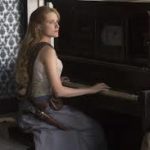As another modern miracle, scientists use solar energy to pull water from air. Actually, we find out there are more than one method to do so, even without electricity.
This is all great news and scientists involved should be congratulated.
There is something else, however, that might be captured from this auspicious winds: the reinforcing contradiction of why such miracles usually don’t reach further, and many startups fail in their go-to market.
The technology is great but unless it gets a breakthrough or free-ride in other industry, cost is prohibitive for those who would need most. And those who are not in need already live in a multiple faucet home.
Pull more info in:
‘Off-Grid Devices Draw Drinking Water from Dry Air‘ by By Donna J. Nelson, Jeffrey Carbeck to the Scientific American
Zero Mass Water – offering community and home water independence solutions.



















